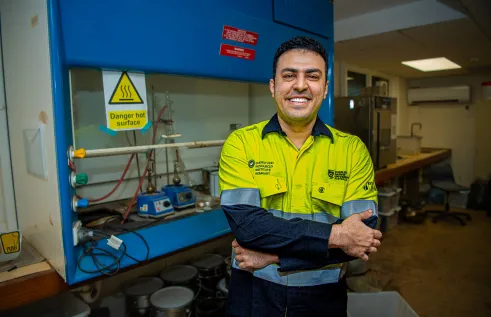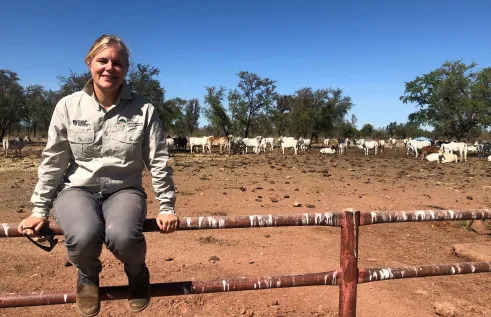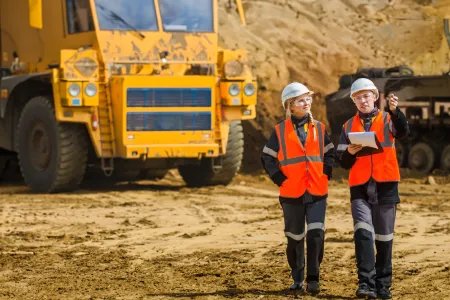New study shows AI can forecast mining disasters
Artificial Intelligence can forecast gas-related incidents in coal mines within half an hour, according to a new study exploring how the technology can reduce the risk of disasters.
The study of coal mines in China compared 10 machine learning algorithms to see which AI method could make predictions about changes in methane gas levels 30 minutes in advance, and notify users of anomalies.
Gas explosions or ignitions in underground mines pose significant risks, with almost 60 per cent of coal mine accidents in China caused by methane gas.
China accounted for 46 per cent of the world’s coal production in 2020, and more than 3200 coal mines in the country with high gas content at outburst-prone risk levels.
Author and Charles Darwin University (CDU) Faculty of Science and Technology Adjunct Associate Professor Niusha Shafiabady said the results showed out of the 10, four machine learning algorithms produced the best results.
“Linear Regression is one of the most efficient algorithms with better performance for short-term forecasting than others,” Associate Professor Shafiabady said.
“Random Forest frequently shows a statistically lower error performance and achieves the highest prediction accuracy. Support Vector Machine performs well and has a shorter computational time on small datasets but will require too much training time as the dataset size increases.
“The findings of this study will help the coal mining industry to reduce the risk of accidents such as gas explosions, safeguard workers, and enhance the ability to prevent and mitigate disasters which will lead to financial losses in addition to potential losses of lives.”
The study was conducted with Charles Darwin University, the University of Technology Sydney, Australian Catholic University, Shanxi Normal University, and Central Queensland University.
Associate Professor Niusha Shafiabady, who is also a researcher at Australian Catholic University’s Peter Faber Business School, said there were multiple applications for these results.
“This method works for all coal mines, and the same principles can apply to other industries such as aerospace, oil and gas, agriculture and more,” she said.
“This is an example of an application where AI can be used to save lives and mitigate health and safety risks.”
Comparative study of ten machine learning algorithms for short-term forecasting in gas warning systems was published in the journal Scientific Reports.
A previous study with Associate Professor Shafiabady found greater monitoring of wind, gas density and temperatures in coal mines can also help reduce the risk of disasters.
Related Articles

Where rubber meets the road: Old tyres are key to building tougher roads
Almost half of the Northern Territory’s worn-out tyres end up in landfills – with the rest exported interstate for recycling – but a study led by Charles Darwin University (CDU) is repurposing the discarded rubber to build stronger, sustainable roads that meet the NT’s unique needs.
Read more about Where rubber meets the road: Old tyres are key to building tougher roads
Social media subjecting Black women to radicalised digital policing
Influencers use oppression, manipulation and weaponisation to police Black women on social media, according to new research uncovering the entrenched nature of digital racism.
Read more about Social media subjecting Black women to radicalised digital policing
Moo-ving the boundaries: New research evaluates virtual fences for use on NT cattle stations
Cattle producers in Northern Australia face unique challenges when adapting tools like virtual fences on their properties, but new research from Charles Darwin University (CDU) is set to break down the barriers to this technology.
Read more about Moo-ving the boundaries: New research evaluates virtual fences for use on NT cattle stations
